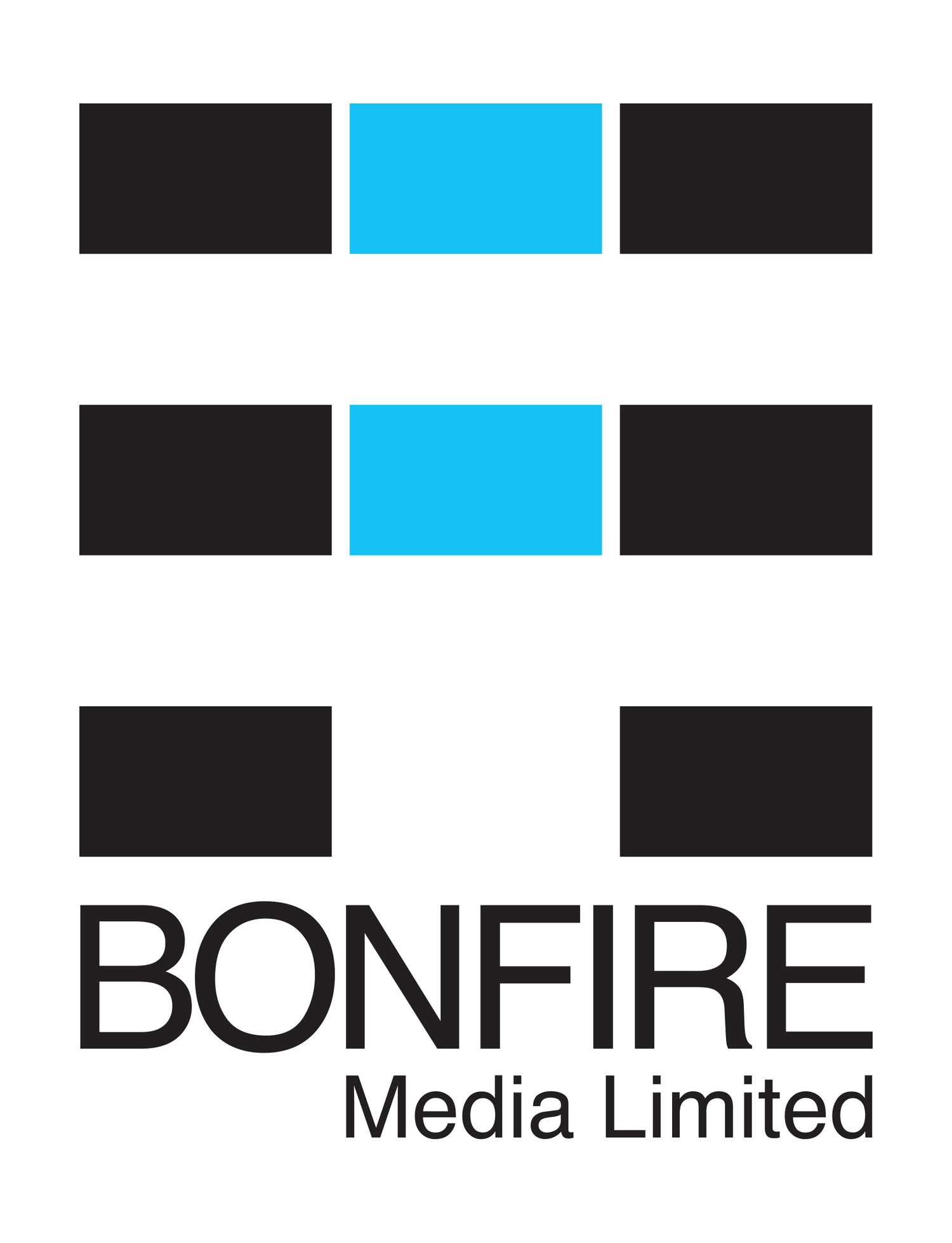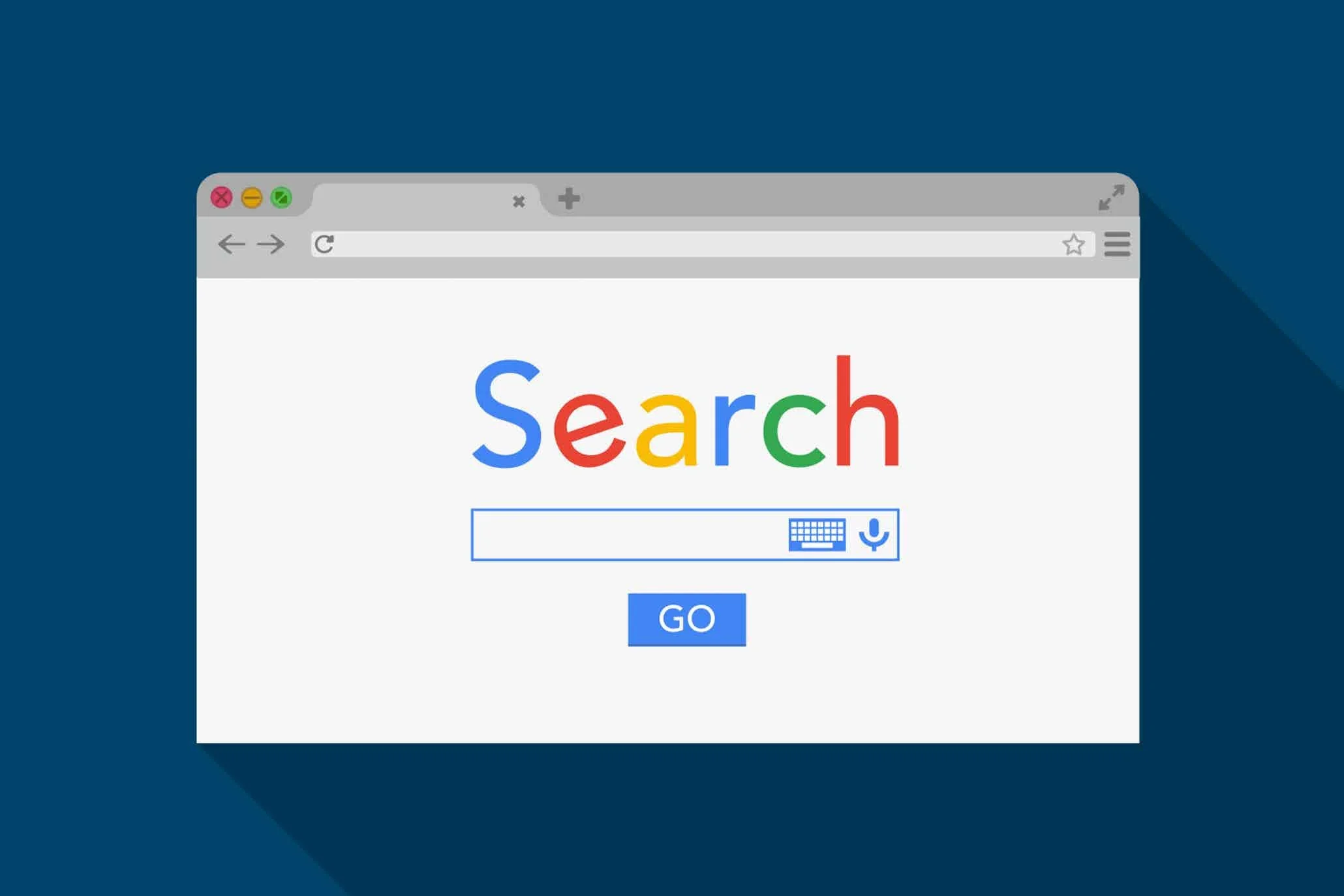Competing online to gain new customers is a tricky prospect. There are a lot of savvy marketers out there who know all the ins and outs of internet marketing, making it a lot easier for them to gain that market share you have been struggling to capture; and in a small city like Hong Kong, it can be especially a tougher challenge.
You can get in on the action if you can learn to use the same tricks as the pros do. One of those tricks is learning how to use Google Ads to effectively engage customers and get them thinking about your company.
Here are some tips on how you can take advantage of Google AdWords and get it working in your favour.
Google Paid Ad Campaigns
The PPC world is very confusing and highly competitive. It's like eBay on steroids with everyone volleying for the same thing: market share. Your Google ad campaigns will allow you to zero-in on your ideal customers combining geo-targeting, keywords, basic demographics, and audience behaviour to sell your brand, services, and products.
The beauty of the whole idea is that with the PPC model you only pay when you get the result you want, which is a click on your ad. Google Ads let you "cheat" your way to the search rankings, but without being unethical.
The only difference between your ranking and the ones just below you is that yours is not "organic."
Organic Versus Paid
That brings us to a critical ranking 101 lesson, which is the difference between an organic ranking and a paid ranking. To reach the top of an organic ranking, you have to be diligent in building your content.
It is a lot of work and requires quite a bit of time invested in coming up with ideas for blogs and fresh content.
Organic growth is also highly competitive and takes a lot of knowledge on how Google search engines work in hand with the dreaded challenges of SEO (search engine optimisation). On the flip side is the far easier approach, which is paying for Google ads.
That allows you to appear just above the highest organic ranking. However, you will still have to gain some knowledge on the best strategy to become an effective bidder, so you can take full advantage of your marketing dollars and reach the most people.
The AdWords Auction
Just as the name indicates, Google AdWords is set up much like a bidding site that forces advertisers to bid for the position and audience they want to reach. You can set the number of dollars you are willing to pay for your bids and the price for each click you receive.
If you turn out to be the highest bidder for that target and position, then your ad will be shown when someone does a search using your keywords. Google will always go for the highest bidder, and if your budget isn't so hot, it can prove challenging to get ranked.
However, there's an additional factor that gives you another in: Google is all about quality even when it comes to paying for rankings. As well, if you are the highest bidder, but the next highest bidder is lower than your maximum PPC, you will only be charged the price the second highest bidder was willing to pay.
It sounds confusing, and frankly, it can be, but it does work in your favour when this happens. A lot can happen in the bidding process but, put plainly, you need to have the highest bid and the best quality ad to get to the position you want.
The Metrics of Quality
Since Google is not just interested in finding the highest bidder, you also have to consider the quality of the information you are going to provide to the consumer once they choose to click on your ad/link. That means thought has to be put into your landing page.
Google wants to see information relevant to your keywords because this keeps their customers happy. You will also see more conversions if you are sending your clicks to a page that will make the visit worth their while.
You can take advantage of every click by providing a special offer, free sign up for a newsletter, or a specially coded offer they can use. A conversion doesn't have to be a sale; it just has to get them to follow your call to action and do what it is you want them to do.
The Best ROI
Your Google Ads Strategy should have some form of payback, or else it might not be worth your investment. Keep in mind that the ads will start to cost you, and the more successful your ad, the more it will cost.
Therefore, it makes good sense to have some form of an offer that will be an incentive for people to make a purchase. That way, you will see the best possible return on investment (ROI) for your ad dollars.
The good news is you can also set a daily budget that allows you to control your spending.
To create Google Ads that get the best ROI, you will need to plan the following:
Budget
Keywords
Research on your competitors
An effective landing page
Your campaign
Your ad
Planning Your Budget
This allowance doesn't differ much from setting any other budget. You can determine how much you are willing to bid for each click as well as how much you are willing to spend each day. That helps you control your budget and avoid overspending.
If you find you are not getting the results you want, you can reconsider your top bid, or you can revisit your keywords and look for options that are less competitive.
Keywords
One of the best features of Google Adwords is their free Google keyword planner. It is an easy tool to use, especially if you know your customers well. Start by using the products and services you offer and fine tune using product categories if that works for your business.
As your results come in, you can look for ways to reduce competition while keeping an eye on how frequently those keywords are searched for monthly. The trick is to find the lowest average bid, with the highest monthly searches.
Competition
It’s only logical to be curious about what keywords the competition is using to get them to the top of the rankings. You can use websites such as SEMrush as well as Spyfu.com. They will provide you with information about the keywords you want to use and how many other companies are using them. On Spyfu you will be able to find the following:
How many fellow Adwords clients are using those keywords
Other ideas for keywords that perform well in your niche
A history of the advertisers and samples of their ads
You can explore the SERPS people are using as well on SEMrush
Landing Page
Once you get people to click, you don’t want to disappoint. That’s why your landing page has to be worth it. There are two reasons you want to convert people who reach your landing page. The first is obvious, as it helps increase sales.
The second is not as obvious, and that is that Google likes conversions too. So, if you are converting a lot of people who click your ads, Google remembers this. In turn, it can help increase your ranking position.
You can use these tips to improve your landing pages:
Simple designs work best. They are easier to read, and they load faster.
Create a compelling headline that gets a reaction.
State the facts to be as transparent as possible.
Use bullet points for an easier read.
Choose an image that is eye-catching and adds to your message.
Here are two link examples of ads done right:
You can also get some in-depth advice here.
Your AdWords Campaign
AdWords works by setting up campaigns (which are different from the other digital marketing campaigns that you do). Each campaign allows you to target based on location, the keywords you have chosen, your products, and targets. You should take advantage of the following features to boost your PPC campaign:
Demographic targeting: The more finite your target, the better your chances of conversions. Adwords allows you to target income, parental status, gender, and age.
Click-to-call: Click-to-call takes some time to set up, but it allows you to add call extensions so that people can engage with someone at your company right away.
Optimised ad rotation: Ad rotation allows you to test various ads in order to find the best one for your audience and KPIs. Google will do this for you automatically, which helps you create a range of ads. You can look back and determine which ones work best and improve your future performance
Your Ad
Creating your ad uses the same premise as your landing pages. Simple is best. These are even shorter and sweeter because there is less space to communicate your message.
Things to focus on would include your unique value proposition (UVP), so customers get your benefits in a quick dose. In other words, what do you do better than your competition? Using your keywords in your ad works as well.
After all, that's what got people here in the first place. You aren't trying to win awards for creativity. You just want conversions. A simple call to action “click here” is the final step in getting them to your landing page.
With PPC models taking over the online marketing game, this guide will help you get tech-savvy quick. If you would like to falling website traffic, we also have something for you. Looking for a boost in SEO? No problem. Better yet, sign up for our certificate course, which is recognised globally and taught by the local industry experts.
Source: Digital Marketing Institute

